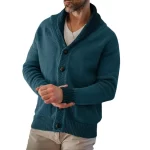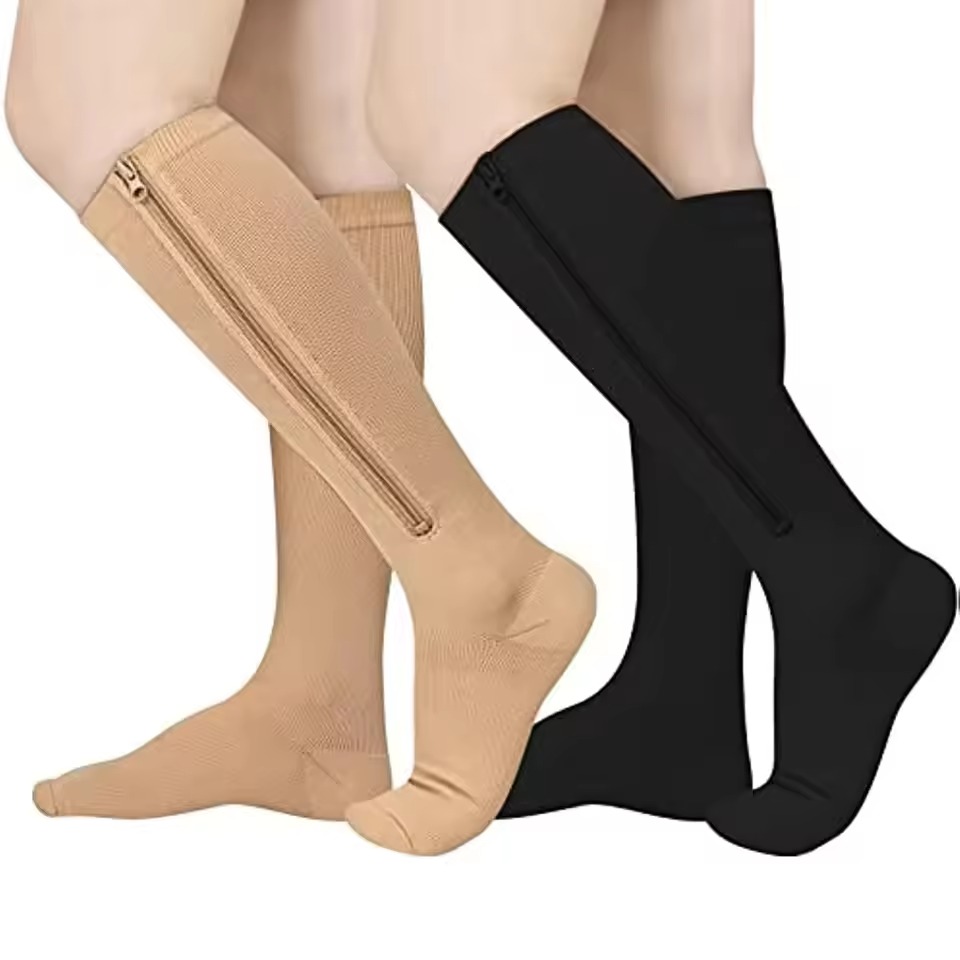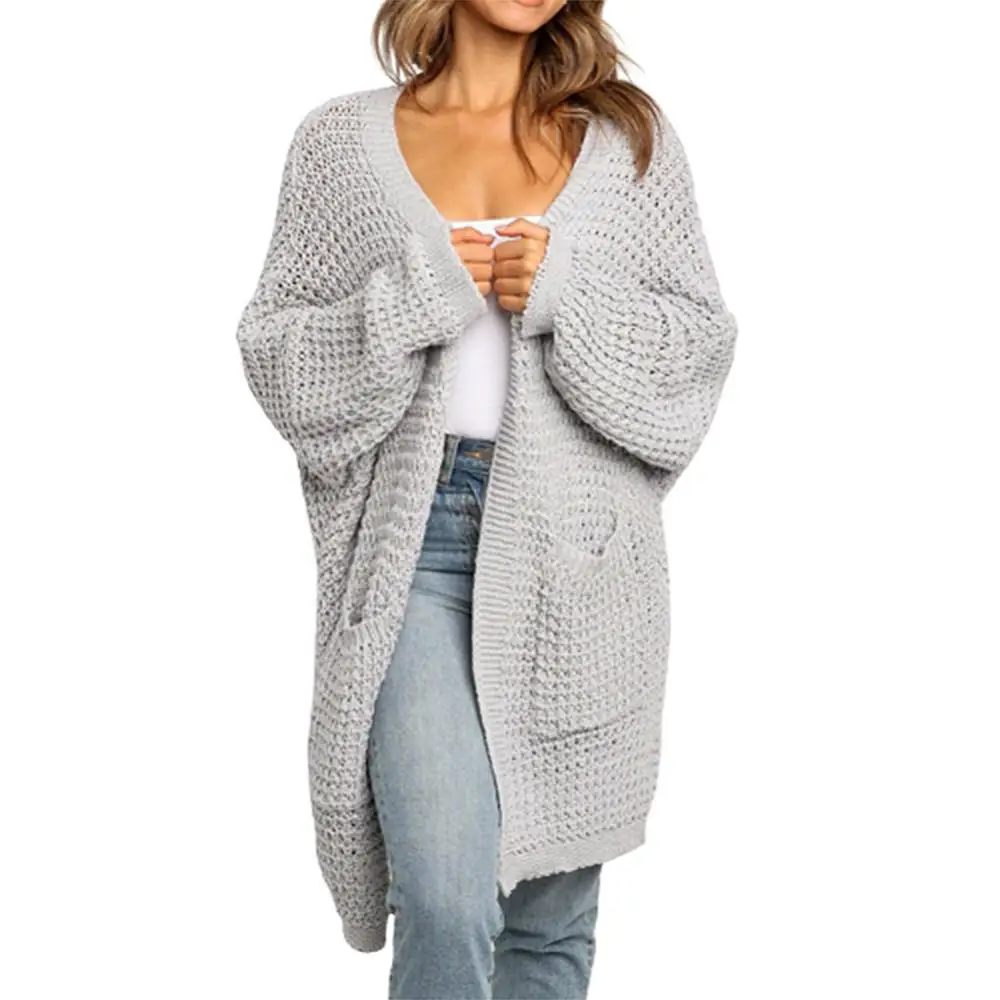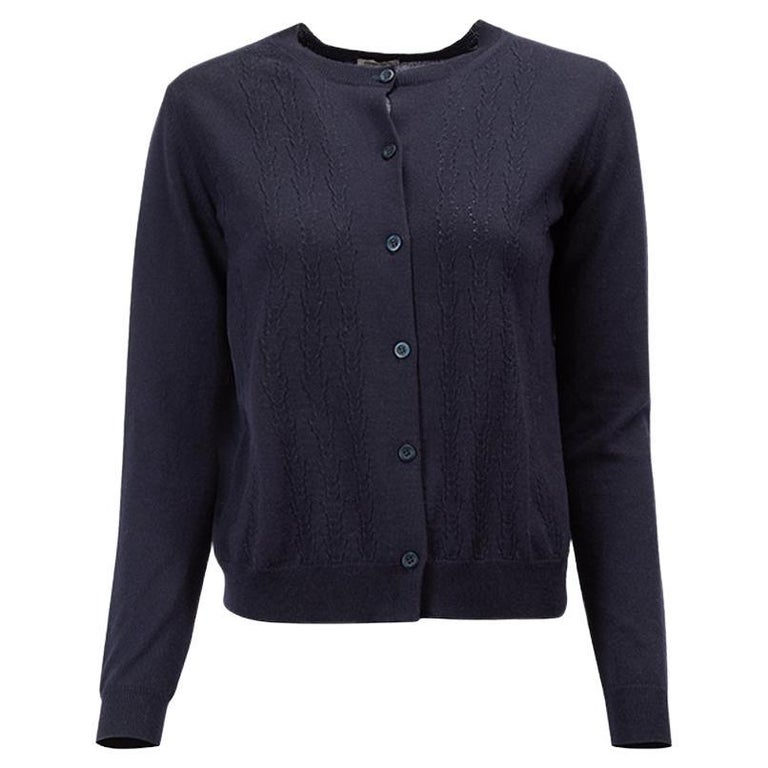Introduction to Compression Socks
Compression socks work wonders for your legs. They use gentle pressure to enhance blood flow. This helps to prevent clotting of blood. They come in various pressures, lengths, and colors.
These socks are tightest at the ankles. They gradually get less tight as they move up your leg. Some go up to the knee, others up to the thigh. People wear them for different health needs. They are also for those who stand a lot or play sports.
To get the right kind, talk to a healthcare provider. You may need a prescription. You can buy them at medical equipment stores. They can measure your legs to ensure a good fit.
You should wear compression socks most of the day. They should feel snug but not too tight. Wear them in the morning when swelling is least. They should not bunch up or wrinkle.
If they are hard to put on, try using lotion, baby powder, or rubber gloves. A gadget called a stocking donner can also help. Remember to wash your compression socks every day. If they get uncomfortable or painful, see a doctor. They might suggest another type or fit.
How long should you wear compression socks? In many cases, throughout the day for full benefit. But for sports, just during and after the activity. If you have a medical condition, your doctor will give specific advice on wear time.
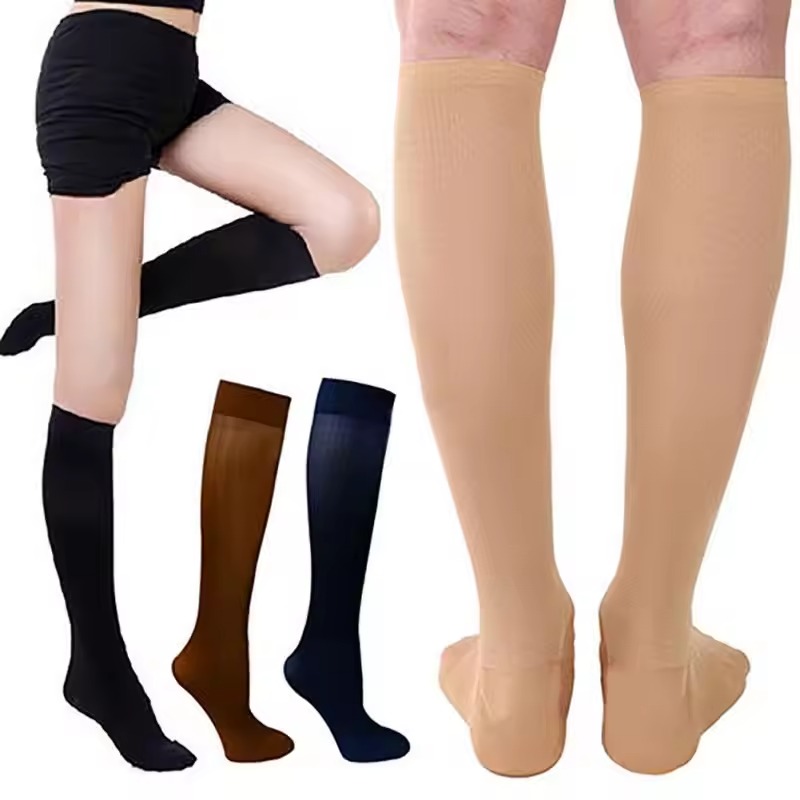
Key Benefits of Wearing Compression Socks
Compression socks offer multiple health advantages. They improve blood circulation in your legs. This helps in preventing blood clots and the complications that follow. By exerting graduated pressure, they reduce swelling and fatigue. They are tightest at the ankles, gradually decreasing pressure upwards. This design aids in moving blood back up the legs. They also assist in managing symptoms associated with varicose veins and venous insufficiency.
Athletes wear compression socks to speed up recovery after exercise. The socks minimize muscle oscillation during activities, which can reduce soreness. For people who stand all day, the socks support leg muscles and can help prevent achiness. Travelers can benefit too. Wearing compression socks during flights lowers the risk of DVT. Overall, they enhance leg health and can improve comfort during extended periods of immobility or activity.
To summarize, the benefits of wearing compression socks include:
- Enhanced blood flow
- Decreased risk of blood clots
- Reduced swelling and fatigue
- Management of varicose veins symptoms
- Accelerated athletic recovery
- Support for legs during prolonged standing
- Lowered risk of DVT during travel
Each benefit ties into the next, creating a comprehensive support system for your legs.
Medical Conditions and Compression Sock Wear Time
The right wear time for compression socks can depend on medical conditions. Those who have varicose veins, a history of DVT, or lymphedema may need longer wear times. Doctors advise based on each condition’s needs and severity.
For varicose veins, extra support can ease pain and swelling. In cases of DVT, consistent pressure helps stop blood from pooling. Lymphedema patients use them to control swelling.
Some need to wear them all day; others, for shorter spans. Always start with a healthcare provider’s recommendation. They will tell you how long each day to keep them on.
How long should you wear compression socks? For general health, wearing them all day is common. For specific conditions, follow your doctor’s advice. Never wear them less or more before asking a medical expert.
Remember, too tight or long could harm you. If they hurt or change your skin color, call your doctor. They might adjust the fit or pressure level. Your health and comfort are the main goals.
In conclusion, your medical condition will guide how long to wear compression socks. Listen to your body and always seek professional guidance for the best results.
Lifestyle and Activity: Impact on Compression Sock Duration
The length of time you wear compression socks can also hinge on your daily activities. We explore how lifestyle influences wear time below.
Active Lifestyles and Work Environments
For those who lead an active life or have jobs that require standing, compression socks offer ongoing support. You might benefit from wearing them throughout your busy day. This prevents leg fatigue and swelling.
Travel Considerations
Travelers, especially on long flights, could wear compression stockings to curb DVT risks and lessen swelling. For flights or similar situations, wearing compression socks continuously is wise.
Sports and Recovery
Athletes may wear compression socks during their sport and for a short time after. This helps with blood flow and can fast-track recovery.
In summary, consider your daily routine when deciding how long to wear compression socks. If you’re active, on your feet a lot, or traveling, you might wear them all day. If it’s for sports, wear them during the activity and shortly after. Listen to what your body tells you for clues about the right duration.
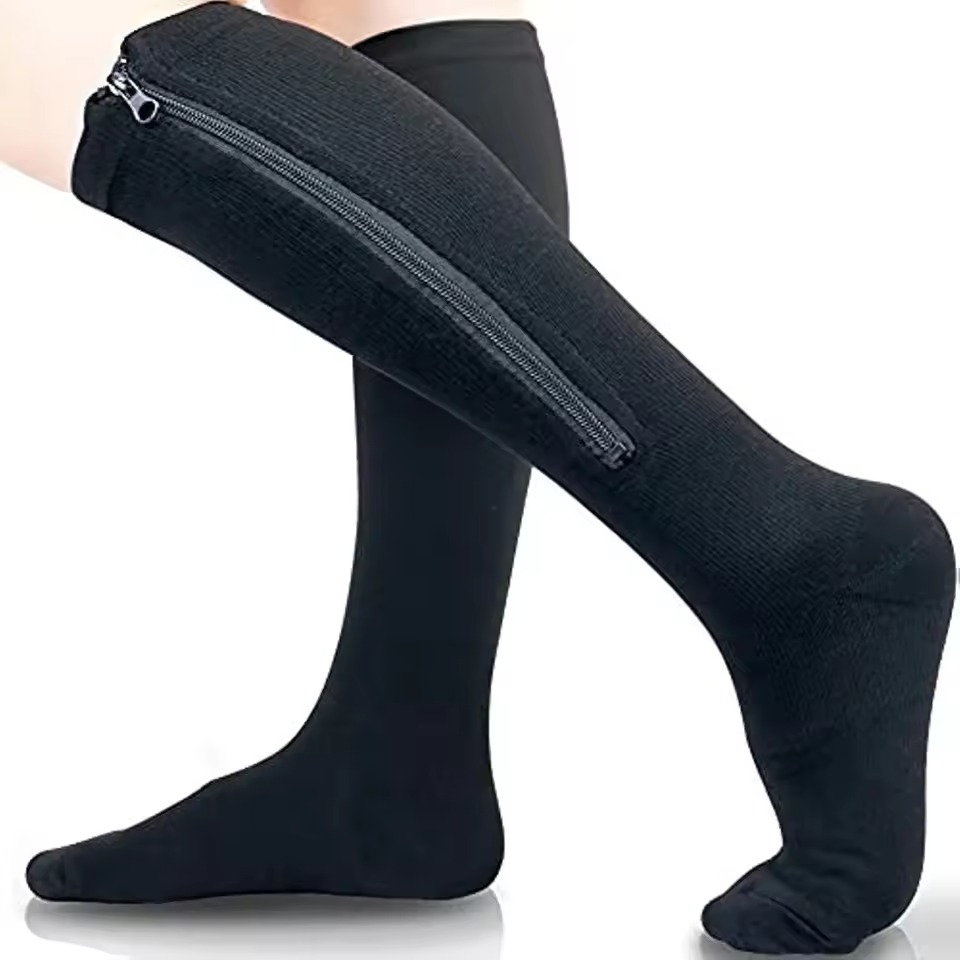
Proper Sizing and Fit for Optimal Performance
Getting the right size and fit for compression socks is key to their effectiveness. Here’s how to get it right:
- Measure Your Legs Properly: Your legs should be measured by a professional. This ensures the compression socks fit snugly without being too tight.
- Check Pressure Levels: The pressure should reduce from ankle to thigh. Ensure the level of pressure is right for your needs.
- Avoid Rolling or Bunching: Socks should lay smooth against the skin. Rolls or bunches can cause discomfort or skin issues.
- Two Finger Rule: There should be space for two fingers under the top band. This ensures the socks aren’t too tight.
- Trial and Adjustment: Try socks on before you buy them if possible. Adjust for comfort as needed throughout the day.
The correct fit of compression socks can boost your blood flow. It can also lower the risk of clots and ease swelling. When picking the right compression socks, always check for a firm but comfortable fit. They should apply the most pressure around your ankles. The fit should get gradually looser as they go up. Remember, the goal is to support your circulation without causing discomfort.
Maintenance and Care of Compression Socks
Proper maintenance is crucial for the longevity and effectiveness of your compression socks. Here are straightforward guidelines to keep your socks in top condition:
- Wash Daily: Clean your socks each day with mild soap. Rinse well and air dry them.
- Use Mild Detergents: Avoid harsh chemicals that can damage the fabric and lessen compression.
- Have a Backup Pair: Owning two pairs means you can wear one while the other is being washed.
- Gentle Handling: Be careful when putting on and taking off your socks to avoid stretching them out.
- Regular Inspection: Check for signs of wear or damage. If you spot any, it’s time to replace them.
- Follow Manufacturer’s Instructions: Each brand may have specific care recommendations. Always check the label.
Remember, compression socks should be replaced every 3 to 6 months. This ensures they maintain proper compression. If the socks begin to lose their elasticity or become too easy to put on, they may not be providing adequate pressure anymore. Keeping your compression socks clean and in good condition will help maximize their health benefits and ensure they remain a vital part of your wellness routine.
When to Consult a Professional
When thinking about how long you should wear compression socks, professional advice is key. Here’s when you should seek it:
- If You Have a Medical Condition: For issues like DVT, varicose veins, or lymphedema, consult a doctor. They will tell you the best duration for wear.
- When Choosing the Right Compression Level: Different conditions need different pressure levels. A professional can recommend the right type for you.
- To Get a Proper Fit: It’s vital to have the correct fit for comfort and effectiveness. A professional can measure your legs and suggest the best size.
- If You Experience Discomfort or Skin Changes: If you’re uncomfortable or notice skin changes, see a professional. They can adjust the compression level or fit.
- Before Changing Wear Time: If you want to wear them for a shorter or longer time, talk to your doctor first.
- When Buying New Socks: It’s a good idea to get advice when buying new compression socks. A professional can ensure they’re right for your health needs.
Remember, following these recommendations can help prevent further health issues. It’s always better to get tailored advice that suits your individual circumstances.
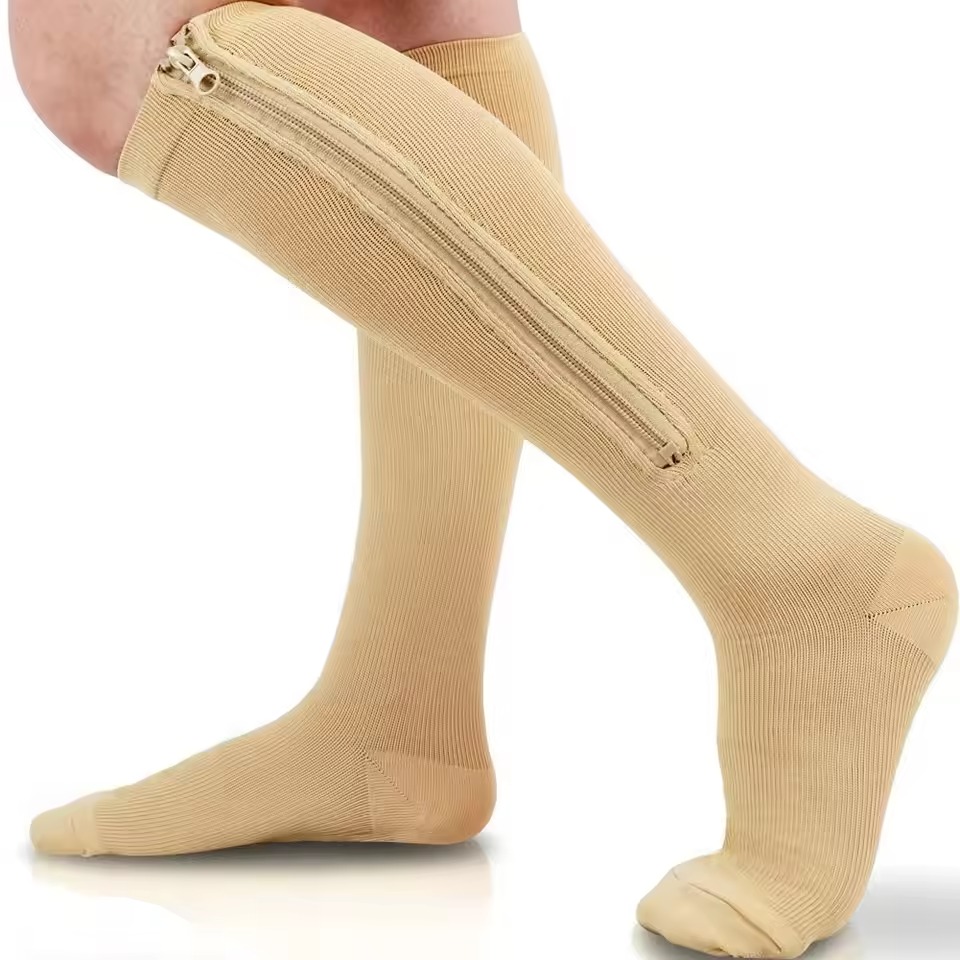
General Tips for Compression Sock Usage
To get the most out of your compression socks, follow these general tips:
- Monitor Comfort Levels: Always pay attention to how your legs feel. If socks cause pain or marks, consult your doctor.
- Get Dressed Easily: Put socks on first thing in the morning. This is when your legs have the least swelling.
- Use Tools If Needed: If socks are tough to put on, use rubber gloves or a stocking donner for ease.
- Stay Consistent: Wear your socks as suggested for the best results. For overall health, that might be all day.
- Heed Wear Signs: Change your socks when they begin to lose elasticity or feel too loose.
- Follow Washing Instructions: Clean your socks daily with gentle soap. This keeps the material strong and effective.a
- Rotate Pairs: If possible, have two pairs to use them in turns. One can be washed while the other is worn.
- Seek Right Fit: Make sure your socks fit right. A too-tight or loose fit can lessen benefits.
- Check with Doctors: When you have health questions or feel unsure, ask a healthcare provider.
Remember, how long should you wear compression socks can vary. Always use them wisely to boost your leg health.





